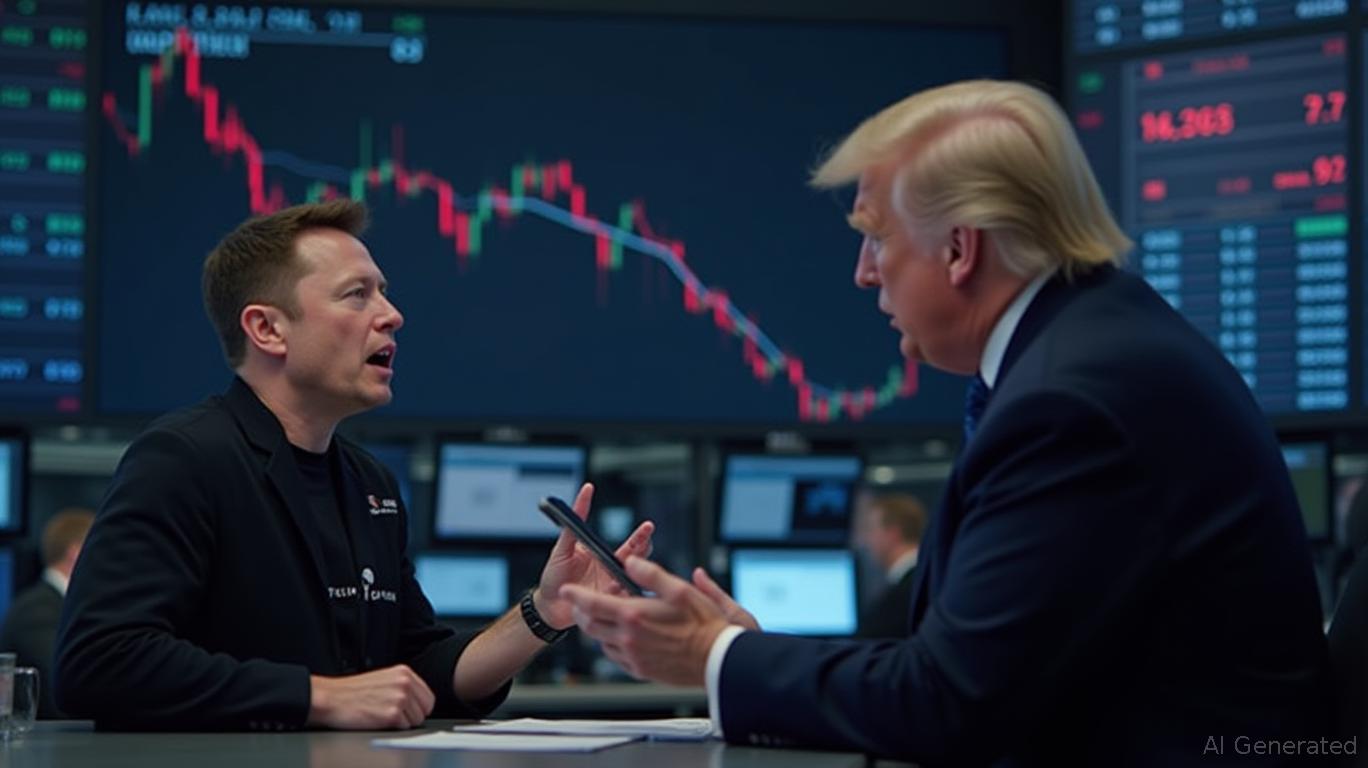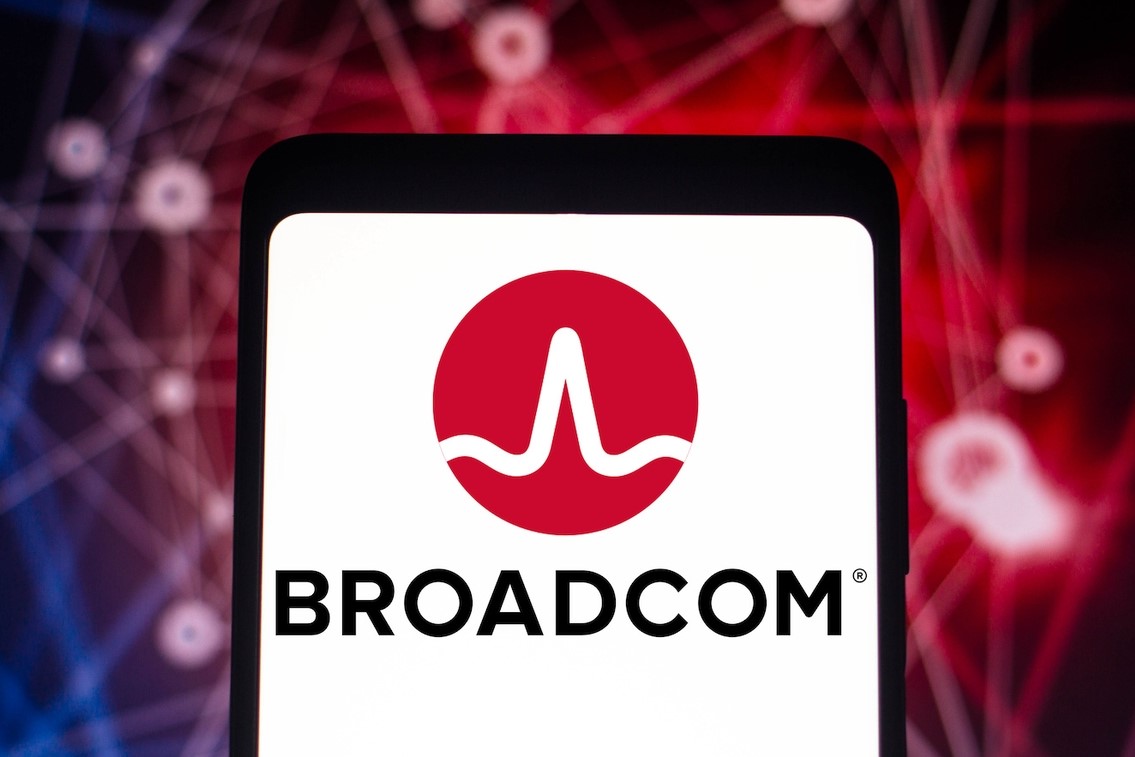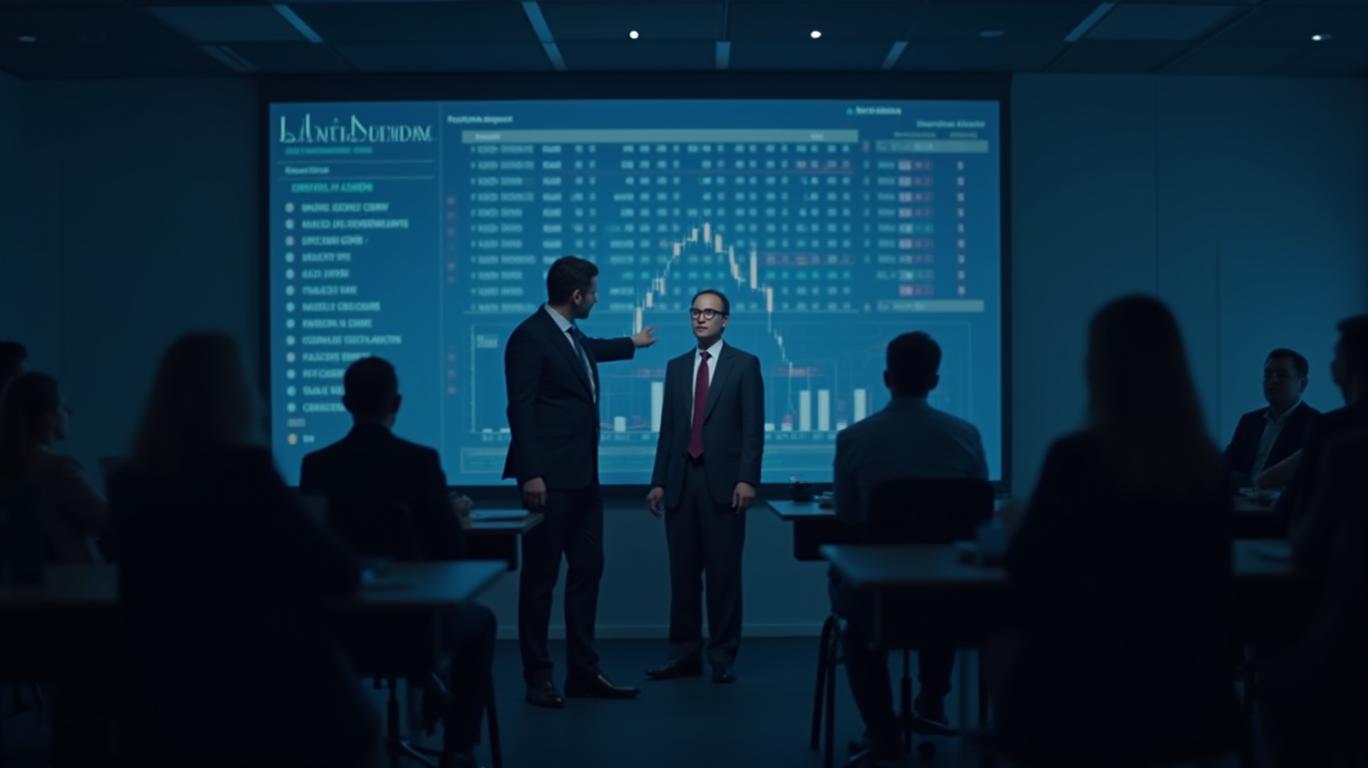Lattice Semiconductor: A Billionaire's Play for FPGA Dominance
The semiconductor industry has long been a battleground for innovation, and within it, field-programmable gate arrays (FPGAs) represent a niche but critical segment. Lattice Semiconductor Corporation (NASDAQ: LSCC), a leader in low-power FPGA solutions, has quietly drawn the attention of prominent investors like billionaire David Harding of Winton Capital. Recent filings suggest Harding’s firm is maintaining a notable stake in the company, hinting at its potential in an era of AI-driven compute demands. Let’s dissect the investment case for LSCC.
Ask Aime: What's behind Lattice Semiconductor's steady growth amidst AI's surge?
Institutional Spotlight: Winton Capital’s Q4 2024 Position
Winton Capital, managed by Harding, held $17.68 million in LSCC as of Q4 2024, representing 0.95% of its $1.88 billion portfolio (adjusted for rounding). While the position’s portfolio weight dipped slightly (-0.0187%) compared to the prior quarter, the holding remained a top 15 allocation. This signals Winton’s continued confidence in LSCC despite minor adjustments.
Ask Aime: "Is Lattice Semiconductor Corporation a compelling investment opportunity?"
The firm’s average cost basis for the 310,000 shares held was reported at $57.03 per share (calculated from total value and shares), implying a strategic entry price. Notably, LSCC’s stock price has fluctuated between $50–$70 over the past year, suggesting Winton entered at or near current levels.

Why FPGAs Matter: The AI and IoT Tailwind
LSCC’s core competency lies in FPGAs, which offer flexibility for custom hardware configurations—a key advantage in AI, 5G, and IoT applications. Unlike rigid ASICs or general-purpose CPUs, FPGAs can be reprogrammed post-production, reducing design costs and time-to-market for hardware developers.
Market tailwinds include:
1. AI Workloads: FPGAs are ideal for accelerating edge AI tasks, such as real-time data processing in autonomous vehicles or smart sensors.
2. 5G Infrastructure: Telecom providers are deploying FPGA-based solutions for network slicing and low-latency communication.
3. Industrial Automation: Factories increasingly rely on FPGA-driven robotics and control systems.
LSCC’s Nexus and ECP5 FPGA families are already embedded in these markets, with the company targeting 15–20% annual revenue growth through 2025.
Technical Analysis: LSCC’s Stock Performance
LSCC’s stock has underperformed broader semiconductor indices over the past year but shows signs of stabilization.
- Price Action: The stock traded between $45–$65 in 2023–2024, with a 50-day moving average at $55.
- Valuation: At current prices (~$58), LSCC trades at 12x forward earnings, below its five-year average of 15x, suggesting undervaluation relative to growth prospects.
- Sentiment: Institutional ownership stands at 68%, with top holders like BlackRock and Vanguard increasing stakes in 2024.
Risks and Considerations
While LSCC’s positioning in FPGAs is compelling, risks persist:
1. Supply Chain Volatility: Global semiconductor shortages or trade restrictions could disrupt production.
2. Competitor Pressure: Intel’s Agilex and Xilinx’s Versal (now part of AMD) pose direct competition, though LSCC’s focus on low-power, cost-effective solutions carves a distinct niche.
3. Macroeconomic Downturns: Slower AI adoption or delayed IoT rollouts could temper demand.
Conclusion: LSCC’s Upside Potential
Lattice Semiconductor’s strategic bets on FPGA innovation, coupled with Winton Capital’s sustained interest, position it as a compelling growth play. Key catalysts include:
- Market Share Expansion: LSCC’s low-power FPGAs are gaining traction in edge AI and IoT, markets projected to grow at 12–15% CAGR through 2028.
- Institutional Validation: Winton’s ~$18 million allocation underscores the stock’s appeal to long-term investors, especially amid a sector undervalued post-2022 corrections.
- Technical Setup: A breakout above $60 could trigger momentum-driven buying, targeting resistance near $68–$72.
While risks remain, LSCC’s focus on high-margin FPGA solutions and its alignment with secular tech trends make it a standout name in the semiconductor space. For investors willing to look beyond near-term volatility, this could be a David Harding-approved opportunity to capitalize on FPGA’s next wave.
Data as of Q4 2024 filings. Always conduct independent research and consult a financial advisor before making investment decisions.





















